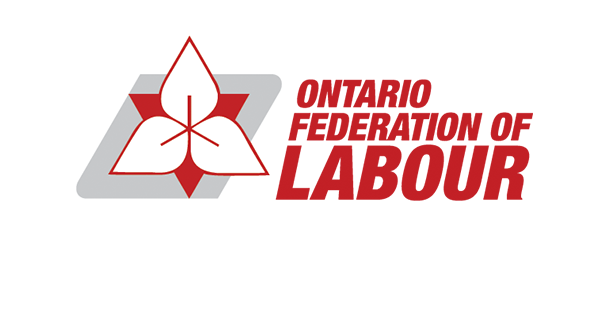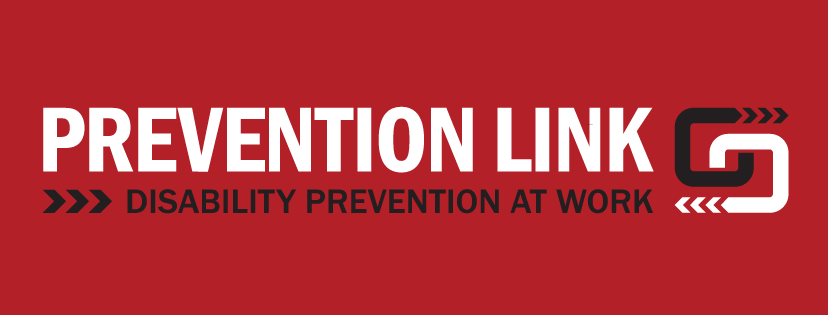
Huffington Post blog by Sid Ryan
How Elevator Companies Are Making Safety Go Down in Ontario
Original article was published on June 5, 2013, read it here
If you are one of the millions of Ontarians who lives in a high-rise or works in an office tower, you wake up every morning expecting to get down and out of your building and up to your office safely and on time. Elevator workers are a silent army that keeps our province moving by ensuring that the 50,000 elevators in workplaces, apartments, hotels, hospitals and schools are running smoothly and safely.
On May 1, 2013, 1,400 elevator maintenance workers were forced on strike by their employer, the National Elevator Escalator Association (NEEA), which is made up of four big companies — Otis, Kone, Schindler and ThyssenKrupp — who have a 95 per cent monopoly on elevator operations in Ontario. The workers are members of the International Union of Elevator Constructors (IUEC) and of these workers 795 work in the Greater Toronto Area — a vertical city — which can expect to be impacted dramatically.
While these workers are off the job there is a significant safety concern for the public. Now that the one-month mark has passed, virtually all elevators maintained by these workers are out of compliance with safety standards. Further, 75 per cent are estimated to be in some form of disrepair, increasing the likelihood of elevator shutdowns and accidents. This is a serious safety hazard for millions of people across the province.
The union has been willing to negotiate, but since pushing workers out on strike the employer coalition has refused to voluntarily come to the table and bargain in good faith. The Ministry of Labour ordered both parties back to the table on May 23 and 24. The union presented a substantial offer, but the companies still declined it.
These workers have even offered to conduct maintenance and repairs to keep elevators safe and operational during bargaining. Astonishingly, the employers have refused to allow them to work during negotiations. In the meantime, these four big companies are prolonging the dispute by using scab labour and managers to perform the work of specially trained and licensed elevator mechanics. Replacement workers are far from able to keep up with all maintenance and repairs across the province and there is concern that they are not trained up to mandatory standards. In other words, the employers are creating a safety crisis.
It goes without saying that the elderly, persons with disabilities and other vulnerable populations are disproportionately affected by this protracted dispute. Several stories have emerged about the challenges this creates for the elderly, especially those living in high-rises, who find themselves stranded in their apartments when elevators are not operational. Some have blamed the elevator workers, but responsibility for this situation rests squarely on the shoulders of the employers who are deliberately manufacturing a crisis in order to break the union and extract concessions out of their collective agreement.
Making an already difficult situation even worse, it has been brought to the attention of the union that the employers are dispatching replacement workers primarily in the financial district rather than to high priority buildings, such as hospitals and nursing homes, contradicting what is laid out in their own contingency plan.
The body responsible for regulating the safety of elevating devices in Ontario under the Technical Standards & Safety Act is the Technical Standards Safety Authority (TSSA). They are accountable to the public, but have yet to adequately intervene in the current situation. This is not surprising since one of the chief negotiators for the NEEA, Kevin Lavallee the former President and CEO of ThyssenKrupp, sits on the TSSA board. This is unacceptable and amounts to a serious conflict of interest. Employers cannot be responsible for regulating themselves. When this is the case, safety violations fall through the cracks and we risk facing another Metron tragedy where four workers fell to their death off scaffolding in Toronto in 2009.
If an accident happens during this dispute, the Government of Ontario would also be held responsible for inadequate oversight. The Ministry of Labour should do everything in their power to force the big four employers back to the table. Too many workplace accidents and deaths have occurred in this province. The interests of employers can no longer be prioritized over the safety of workers and the public.
We cannot wait for a serious accident, or worse death, to occur before employers are forced back to the table. Every day that the employer refuses to negotiate, the safety of the Ontario public is being put at risk.


